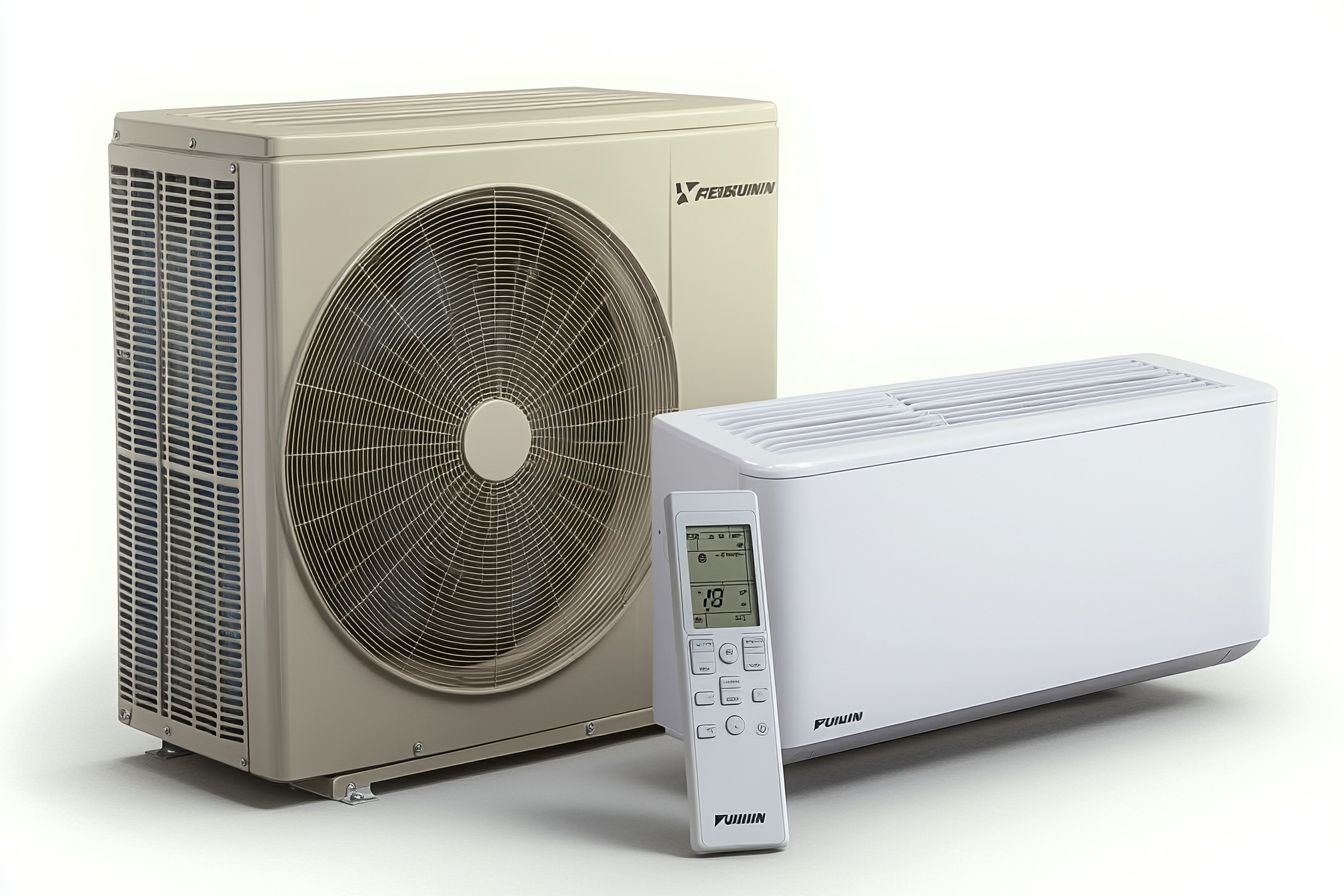Adjusting zone dampers and valves to improve heat distribution
Uneven heating is a common household issue that often comes from misbalanced airflow or closed dampers and valves. Adjusting zone dampers and valves can improve comfort and reduce wasted energy when done methodically. This short overview explains what to check and how small adjustments affect overall heating balance.

Many homes and small commercial systems use zone dampers and zone valves to direct warm air or hot water to specific areas. When these components are out of balance, some rooms run hot while others stay cold, increasing energy use and reducing comfort. Regular maintenance that includes checking dampers, valves, thermostats, filters, and ducts helps restore even heat distribution and extends system life. Practical adjustments and routine inspections are often sufficient to correct minor imbalances without major equipment changes.
How do furnaces and boilers affect zoning
Furnaces and boilers provide the heat source, but zoning elements determine where that heat goes. In forced-air systems, dampers inside the ductwork open or close to route airflow to selected zones; in hydronic systems, zone valves control hot water flow to radiators or baseboards. If a furnace’s burners or a boiler’s combustion settings are off, the system may struggle to supply enough heat to the zones, causing repeated adjustments that mask the real issue. Start by ensuring combustion and burners are tuned and that primary equipment is functioning before fine-tuning dampers or valves.
What should you check about filters and airflow
Clogged filters and restricted airflow undermine even distribution even when dampers are correctly set. Replace or clean filters per manufacturer recommendations and inspect supply and return vents for obstructions. Excessive static pressure in ducts can force dampers to behave unpredictably; measuring pressure and verifying adequate blower performance helps. Proper airflow supports thermostat sensing and consistent heat transfer across zones, reducing the need for extreme damper positions and improving energy efficiency.
How do thermostats and controls influence zoning
Thermostats and zone control panels coordinate when dampers and valves move. Incorrect programming, mismatched setpoints, or failing sensors can cause one zone to demand heat continuously while others do not. Verify each thermostat is calibrated and located away from direct sunlight or drafty windows. Modern zoning systems may allow PID tuning or setback schedules; understanding these controls helps ensure dampers respond appropriately and reduce short-cycling of furnaces, boilers, or circulator pumps.
Why inspect ventilation, combustion, and burners
Ventilation and combustion directly affect heating capacity and safety. Blocked vents, flues, or a poorly tuned burner reduce available heat, so dampers may be forced wide open in an attempt to compensate. Regular inspections of combustion components and ventilation paths are essential for safe operation and to confirm that the system can meet zone demands. Cleaning burners, checking pilot assemblies or ignition systems, and verifying safe venting preserve both efficiency and safety while enabling correct zoning adjustments.
What role do ducts and inspections play
Duct condition and layout are fundamental to balanced zones. Leaks, disconnected sections, or undersized ducts cause pressure imbalances that render damper adjustments ineffective. Perform visual duct inspections and, when possible, a blower door or duct leakage test to identify major losses. Routine professional inspections of zoning hardware and ductwork can reveal insulation gaps and routing problems; repairing these issues often yields better heat distribution than continual damper tweaking alone.
How do safety and energy considerations affect adjustments
Adjustments must prioritize safety and energy efficiency. Never fully close too many supply dampers on a single furnace without consulting the system limits, because excessive backpressure can strain the blower or damage heat exchangers. For boiler-fed systems, ensure zone valves and circulator pumps are matched to the piping design to avoid dry-fire or pump overheating. Small, incremental changes followed by observation of temperature and system behavior help achieve balance while minimizing energy waste and preserving safe operation.
Conclusion
Balancing zone dampers and valves improves comfort and can reduce energy consumption, but it is only one part of an effective heating maintenance routine. Regular attention to furnaces or boilers, filters, thermostats, airflow, ventilation, combustion components, burners, ducts, and inspections provides the context needed for successful adjustments. Careful, measured tuning combined with routine inspections helps maintain even heat distribution and system reliability.






